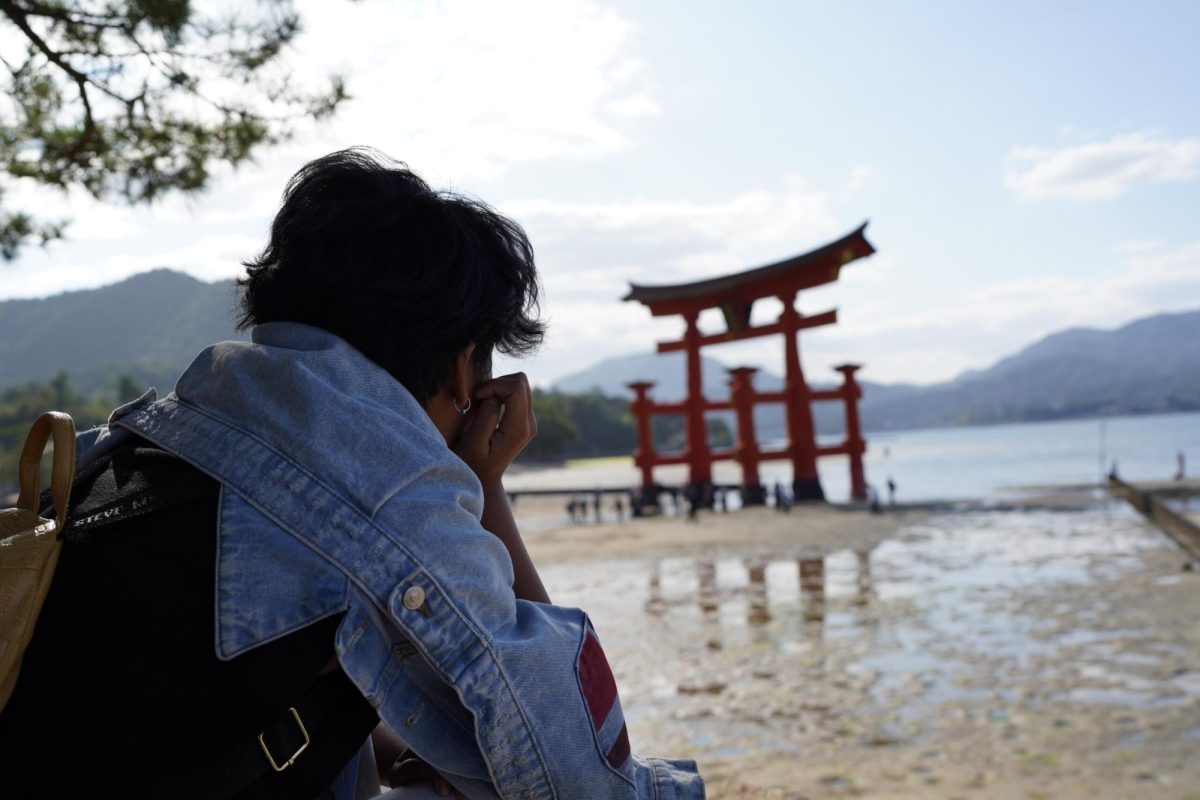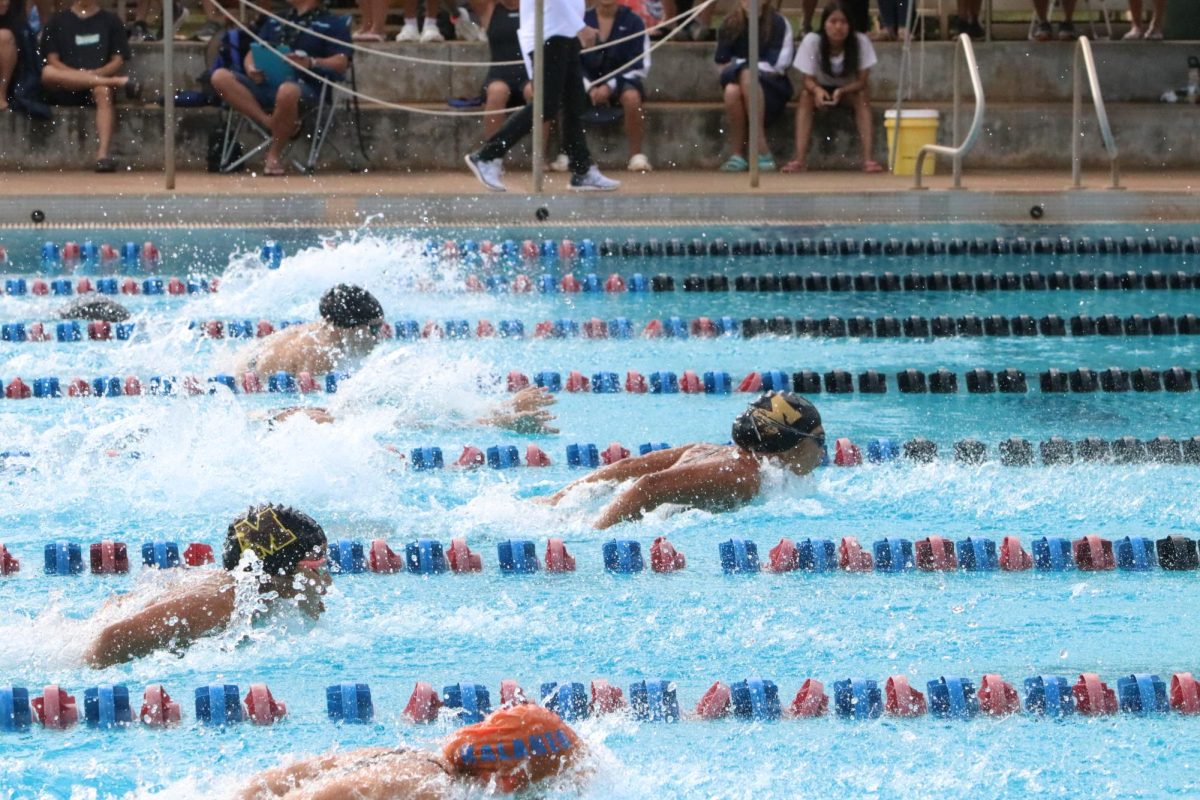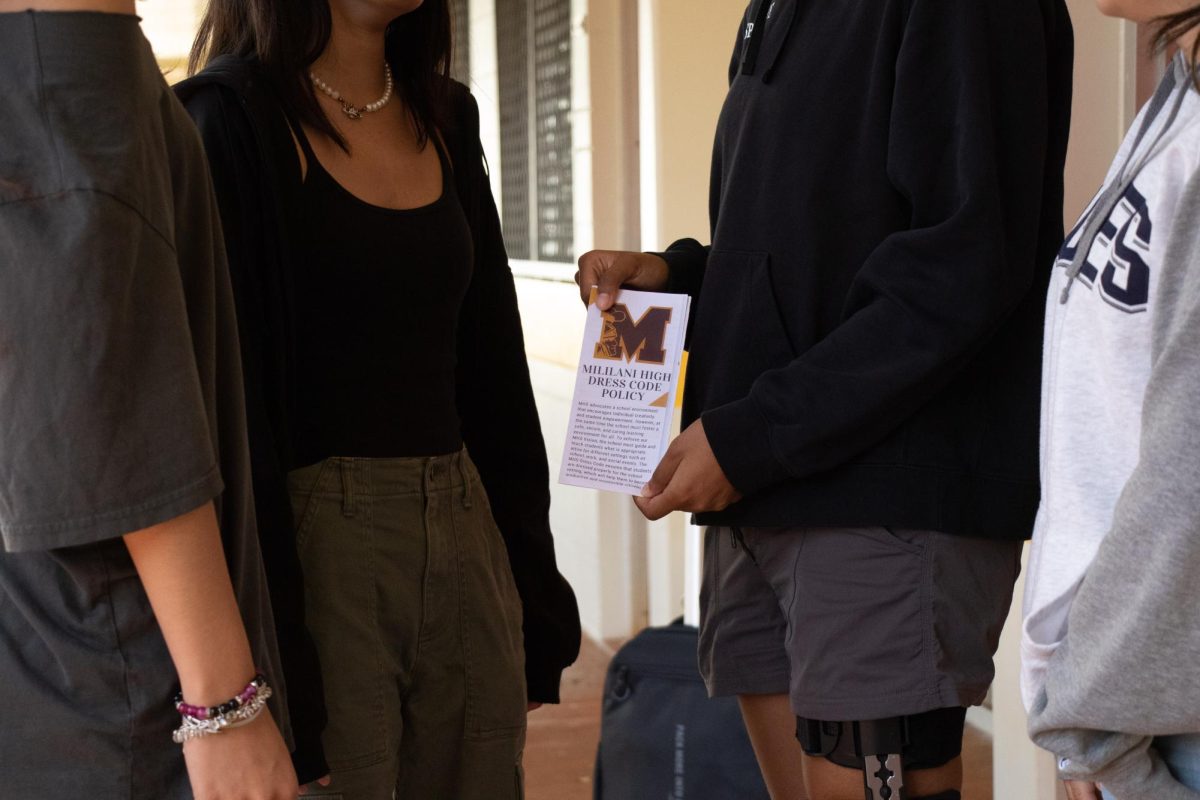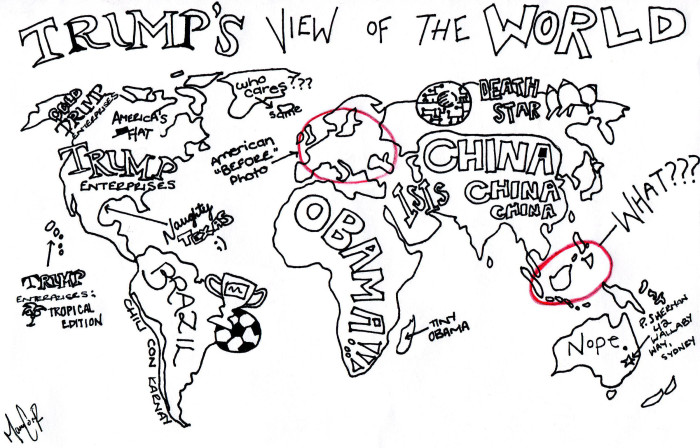Mary Conner
[email protected]
Since April of 2016, Energy Transfer Partners, a natural gas and propane company, has attempted to build the Dakota Access Pipeline (DAPL) which they propose will transport hundreds of thousands of barrels of oil per day from North Dakota to Illinois and eventually across the Missouri River. The route puts historical burial grounds, village grounds and Sundance sites of the Sioux natives there at risk. A peaceful movement, started by the residents of the Standing Rock Reservation, has since gained over two million supporters who are currently blocking the construction of the pipeline to preserve the vital water source and the culturally sacred areas that surround it. The construction of the DAPL is a severe threat to the health, tradition and cultural practices of the Sioux people at Standing Rock and has struck a chord with all exploited indigenous cultures. Presently, our nation faces conflict over the basic human right to preserve who we are.
Construction of the pipeline would reduce the carbon footprint, as it would eliminate the use of tanker trucks to transport oil. Furthermore, jobs would be created, an economy boost could be observed and agriculture sales would rise in the area. Though the pipeline carries these benefits, it doesn’t weaken the consequences faced by the Sioux tribe of Standing Rock. And all for what? Easier access to crude oil, another process of advancement on behalf of capitalism that will ultimately do more harm than good. Building the DAPL will increase the chance of an oil spill, putting the water supply of the Standing Rock at risk, but will also endanger sacred lands, burial sites and artifacts of the natives. Laws set in place to protect the rights of Native Americans should not be ignored or violated, but even besides this fact, it is a responsibility of all Americans to respect the beliefs, values and way of life of the Native American people and of all cultures of native peoples.
The First Hawaiian Bank, Hawaii’s oldest and largest bank, is owned in significant part by Banque Nationale de Paris Paribas, a corporation that has invested over $400 million into the DAPL project. Recently, the bank’s involvement has been publicly recognized by several Hawaiian activist groups, including sociopolitical group Aikea, a global collective meaningfully titled the Water Protectors and many others who have protested nonviolently in various ways, like asking First Hawaiian Bank to divest from the DAPL project altogether.
As the struggle of the Sioux people at Standing Rock involves an exploitation of sacred lands—a threat to the tradition and culture of native peoples—it is an issue easily identified with that of Native Hawaiians. The protests of Hawaiians, Native Americans and other indigenous peoples stretch past being only a fight to preserve lands, but it is a fight for the protection of future generations. Being able to identify with the same beliefs of their relatives and ancestors allows people to hold onto who they are, rather than preoccupying themselves with advancement and modernization.
Through invasion of Western ideals and societal constructs, the Hawaiian culture and bloodline has slowly become polluted and is still being threatened by constant urbanization. In 2009, when the mountain of Mauna Kea, considerably one of the most sacred locations of Native Hawaiian culture, was announced as the preferred spot for the construction of a 30 meter telescope, an uproar quickly followed. When the project began to take course in 2014, protesters stood their ground onto the next year and still continue to do what they can to prevent the destruction of Mauna Kea. This is only one of the many examples Hawaii is still facing exploitation of its sacred lands and ultimately, its culture.
Amongst technological, political and economic advancement, it is important for native cultures to preserve their original beliefs and traditions; to stay headstrong in a situation that is trying to weaken them. Sacred areas are essential to the heritage of the people who worship there and protecting them is representative of protecting an entire culture. Putting the land at risk, where natives and their ancestors have worshipped and lived, ultimately puts their entire cultural fabric at risk, something that a people should never have to give up. The spiritual and cultural value of the Sioux’s sacred land is nothing that can be priced and bought from a shelf; it extends far past being put on the line for access to crude oil. Standing Rock is attempting to stay true to themselves and their culture and we should all stand with them.






